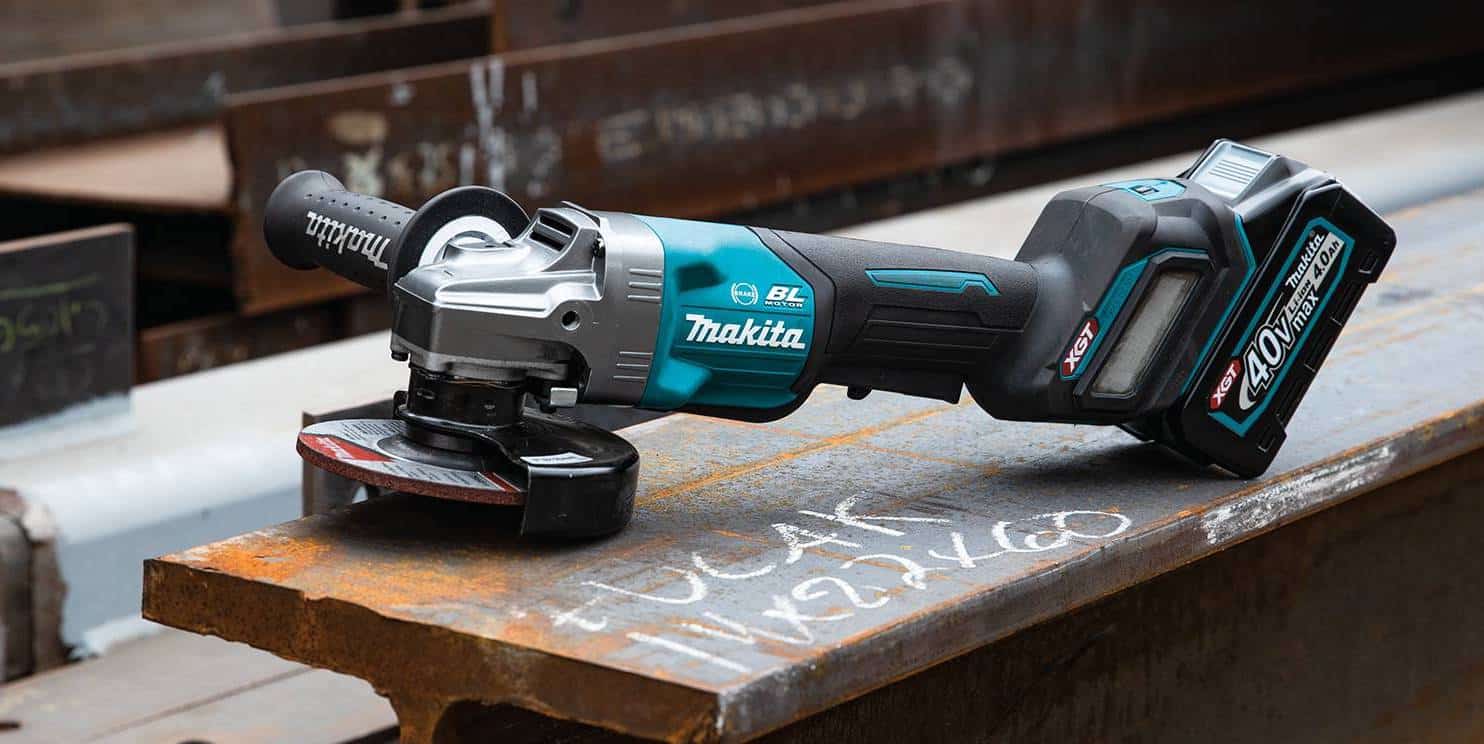Power tools have revolutionized the construction, manufacturing, and DIY industries, offering increased efficiency and precision. However, with their widespread use comes a range of hazards that users must be aware of to ensure safety. This article delves into the potential dangers associated with power tools and provides practical advice on how to mitigate these risks.
Firstly, power tools can cause physical injuries. These can range from minor cuts and bruises to more severe injuries such as fractures, amputations, and even fatalities. The most common causes of these injuries include improper use of the tool, lack of protective equipment, and failure to maintain the tool properly. For instance, using a circular saw without safety glasses can result in eye injuries from flying debris. Similarly, a poorly maintained power drill can overheat and cause burns.
Secondly, power tools can also pose electrical hazards. Many power tools are electrically powered and can cause electric shocks or electrocution if not handled correctly. This can occur if the tool's electrical components are exposed to water, if the tool's insulation is damaged, or if the tool is used in a damp or wet environment without proper precautions.
Thirdly, power tools can generate harmful noise levels. Prolonged exposure to high noise levels can lead to noise-induced hearing loss. Tools such as jackhammers, chainsaws, and pneumatic drills are particularly noisy and require users to wear ear protection.
Fourthly, power tools can produce harmful dust and fumes. For example, cutting or sanding wood with a power tool can release dust particles that can be inhaled, leading to respiratory problems. Similarly, welding or cutting metals can produce fumes that are harmful if inhaled.
To mitigate these hazards, users should always read and follow the manufacturer's instructions and safety guidelines. They should also wear appropriate personal protective equipment (PPE), such as safety glasses, gloves, ear protection, and dust masks. Regular maintenance of power tools is also crucial to ensure they are in good working condition and safe to use. Furthermore, users should be trained on the correct use of power tools to prevent accidents.
In conclusion, while power tools offer numerous benefits, they also come with potential hazards. By understanding these risks and taking appropriate precautions, users can safely harness the power of these tools to improve efficiency and productivity.
